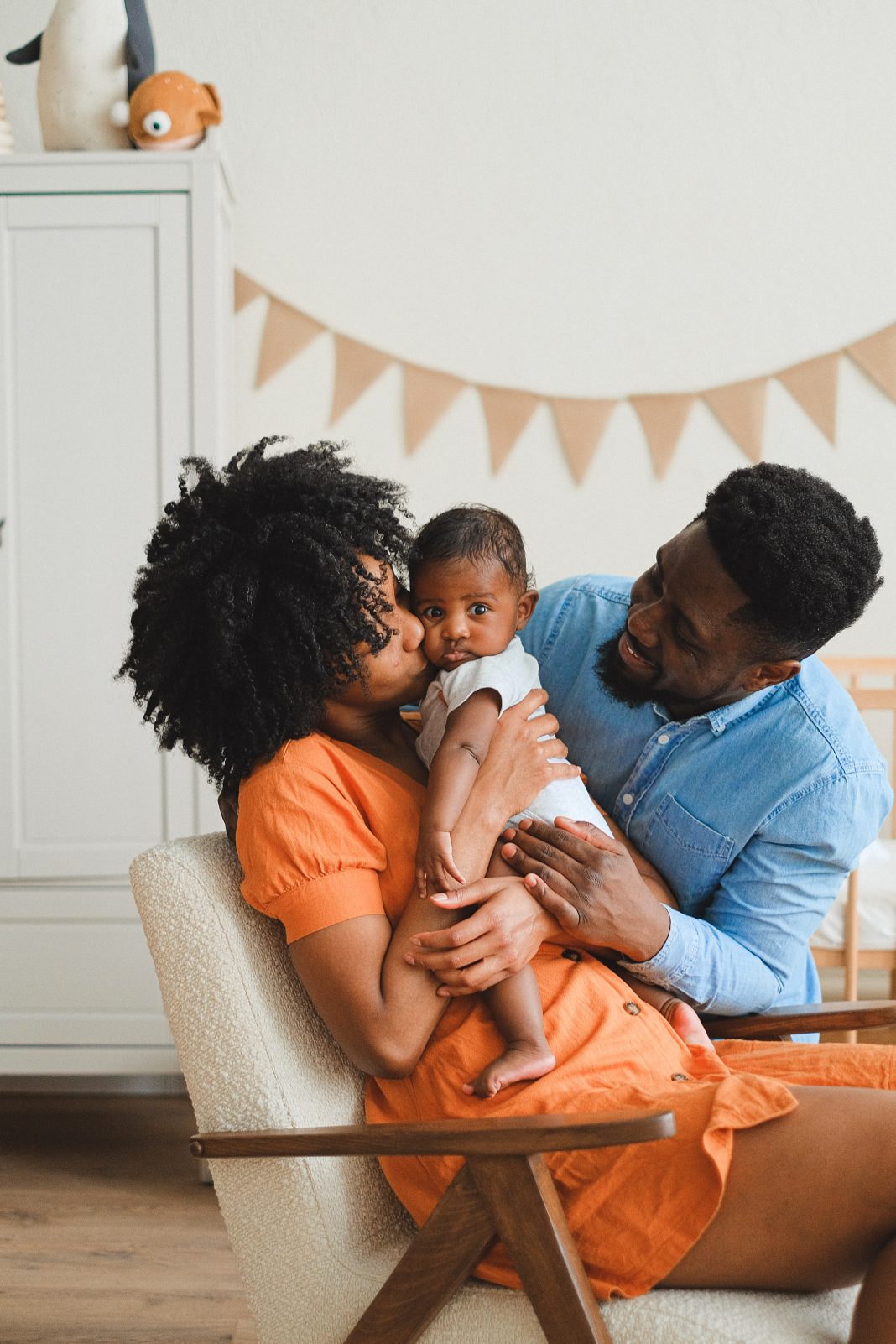A new study from the Centers for Disease Control and Prevention finds an unforeseen increase in unexplained deaths in Black infants during the first year of the coronavirus pandemic.
The rate of SIDS, or sudden infant death syndrome, increased by 15%, from 33.3 deaths per 100,000 babies born in 2019 to 38.2 deaths in 2020.
SIDS is a familiar term used in cases where the cause of death cannot be conclusively described or ascertained.
Infants And Pandemic
The finding “was absolutely a surprise to us,” said the study’s author, Sharyn Parks Brown, senior epidemiologist for the CDC’s Perinatal and Infant Health Team. The racial and ethnic breakdowns of such infants deaths had been consistent for decades, she said.
The reasons for the jump are unknown. It could be a statistical anomaly — an unexplained blip in the data — that would need to be monitored for several more years to see whether the increase holds.
Whatever the reason, complex racial disparities persist. Black people were disproportionately affected by the pandemic, both by illness and the economic stress that accompanied the pandemic.
According to an editorial published alongside the study, Black people are more than twice as likely as whites to live in poverty.
“And among families with children, homelessness is 50% more likely among those who identify as non-Hispanic Black,” the authors wrote.
A co-author of the editorial, Dr. Rebecca Carlin, a pediatrician affiliated with Columbia University in New York, said, “If you don’t have a safe place for your baby to sleep, how are you going to have them sleep safely?”
What’s more, Black communities have higher rates of smoking and preterm births. Both are risk factors for sudden infants death.
SIDS reduction
Other ways to reduce the risk of sudden infants death, from the AAP:
- Breastfeeding, when possible, has been shown to reduce the rof of sudden infant death. Evidence was cited that pacifiers given during naps and at bedtime may be beneficial.
- Weighted blankets and sleepers should not be used on or near sleeping babies.
- Make sure babies’ cribs have not been recalled for safety hazards.
- Help babies strengthen the muscles they will someday use to turn over and away from potential dangers with supervised “tummy time.” This practice may begin, soon after babies can go home from the hospital.
Oscar-nominee songwriter Tems draws ire with huge gown blocking view
NOTE: The photo is from Pexels

